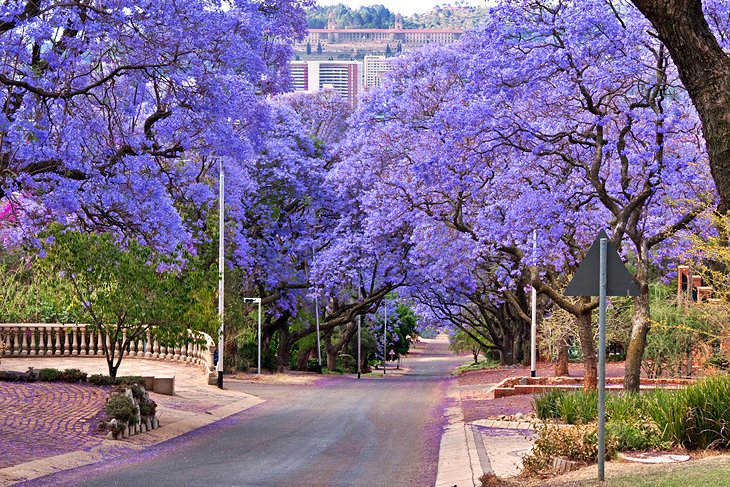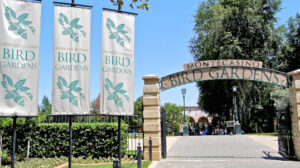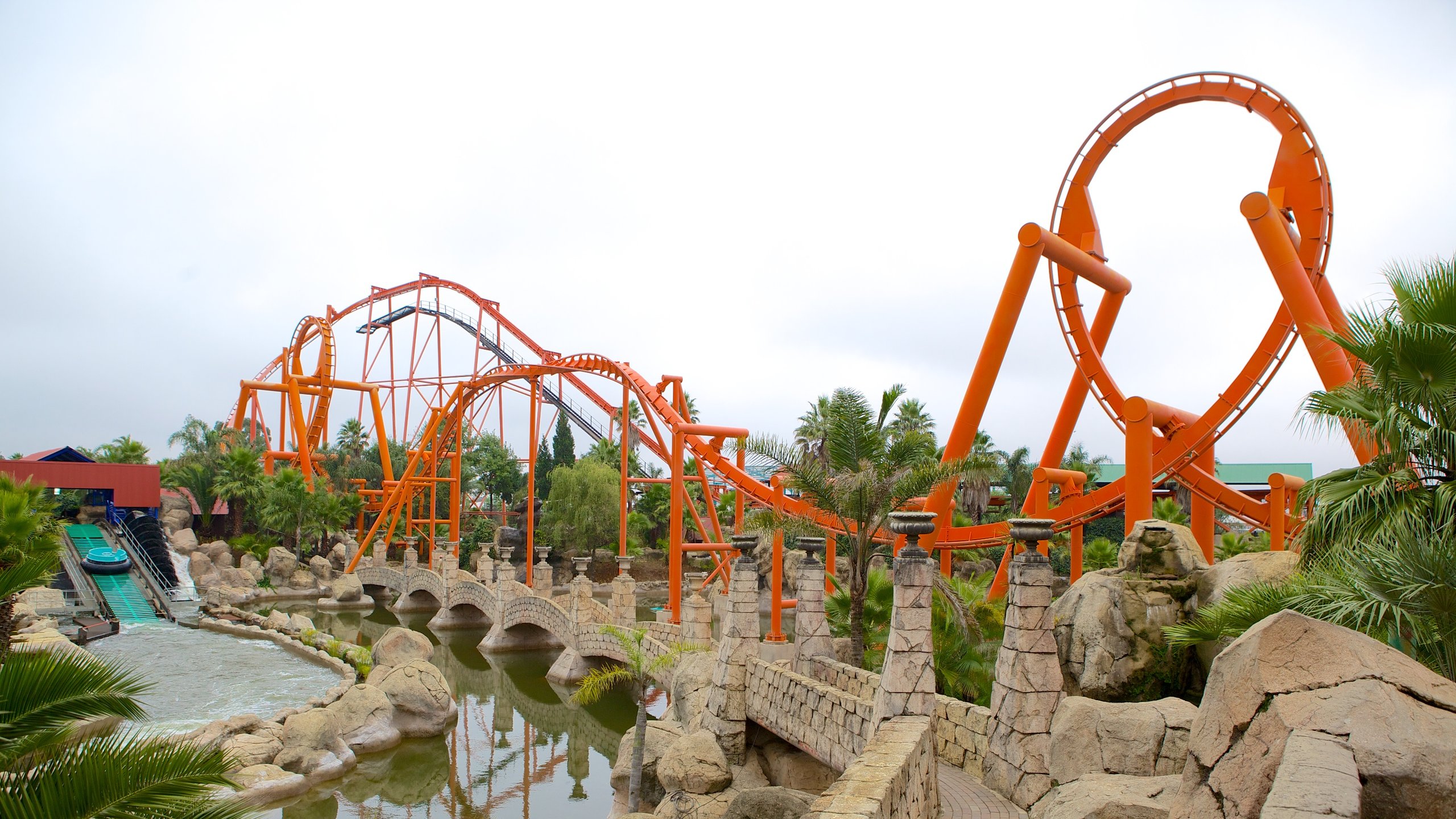Facts About Johannesburg North Attractions Revealed
Facts About Johannesburg North Attractions Revealed
Blog Article
Some Known Factual Statements About Johannesburg North Attractions
Table of ContentsThe Greatest Guide To Johannesburg North AttractionsJohannesburg North Attractions - An OverviewJohannesburg North Attractions - The FactsJohannesburg North Attractions Things To Know Before You Get ThisJohannesburg North Attractions Can Be Fun For EveryoneNot known Details About Johannesburg North Attractions
Soon before Xmas 1898, a boilermaker from Lancashire, Thomas Edgar, came to be involved in a drunken quarrel with an uitlander neighbour. While resisting arrest, Edgar was fired dead by a Z. A. R. policeman. The police officer was billed with murder but the district attorney decreased the fee to murder and released the charged on bail.. R. Johannesburg North attractions. In an effort to restrain the situation, Smuts sought to strike a handle the mining companies. The astute Cambridge-trained attorney welcomed Percy FitzPatrick (who was to obtain popularity as the writer of Jock of the Bushveld, published in 1907) to serve as the primary negotiator for the mining homes
A. R. loomed. Johannesburg, c. 1900 (www.geheugenvannederland.nl) When Johannesburg was started in 1886, public education in the Z. A. R. was controlled by the Education and learning Regulation of 1882. The earlier Education and learning Legislation of 1874 had actually given that government institutions in the Z. A. R. (just a handful of such colleges remained in existence) were to be non-denominational which guideline was to be in Dutch or English, at the will of moms and dads.
In 1886, Pope Leo XIII constituted the Transvaal an independent prefecture under the jurisdiction of the Rt Revd Odilon Monginoux of the Oblates of Mary Immaculate, who was the initial Prefect Apostolic of the Transvaal. On 20 July 1886, Fr John de Lacy O. M. I. visited the Rand. He related to the government for a parcel big enough to fit a church, a college and residences for the educators.
Fascination About Johannesburg North Attractions
The institution transferred to Doornfontein in 1895, and came to be called the East End Convent. In 1905, the Holy Household sis likewise started Parktown Convent School (currently Holy Household College). On 2 November 1887, Miss Frances Buckland began teaching in a residence on the corner of Jeppe and Rissik roads.
On the other hand, on 11 June 1887, the Revd John Thomas Darragh, the first Anglican clergyman to be based on the Rand, had actually shown up from Kimberley. A monstrous tome on the history of Christianity in Africa observes briefly: 'The Anglican community at Kimberley was lucky to have as its leader J. T.
He had actually won a scholarship to The Royal Institution, Armagh, whence he had actually gone up to Trinity College, Dublin, as a Structure Scholar. Here he had identified himself, being Classical Hebrew and Divinity Prizeman, and had actually become a Fellow of Trinity University. He was ordained in 1880, and became curate of All Saints, Grangegorman, Region Dublin.

He was an energetic and resourceful male who right away plunged himself heart and heart into the life of the growing and bustling mining area. It was not just the Anglican parishioners who derived advantage, for Darragh functioned unstintingly among all sectors of the town. The small community of Greek Orthodox inhabitants in Johannesburg had no archimandrite, and so approached Darragh to execute marital and baptismal ceremonies.
What Does Johannesburg North Attractions Do?
(www.eggsa.org) Around the very same time, the Revd Mr Darragh brought into existence St Mary's School for Boys, which was established up as a choir school for St Mary's Church. The beginnings of St John's University can be traced back to this school. The initial headmaster of St Mary's School for Boys was Mr F.
The school was examined by the Z. A. R - Johannesburg North attractions. education authorities at the end of 1888. The examination was passed with flying colours, specifically in respect of the criterion concerning the teaching of Dutch, as an outcome of which the institution obtained a 'very liberal grant' from the state
The Best Strategy To Use For Johannesburg North Attractions
Marist Brothers' College acquired such a good reputation that some officials of the staunchly Protestant Z. A. R. federal government registered their children as students at this Catholic institution. During the Anglo-Boer South African War (1899-1902), the institution's enrolment dropped, however by 1905 numbers were back to 500 and the institution was advertising the reality that it had 'enough stabling for students' steeds'.
In 1892, the Superintendent of Education And Learning, Dr N. Mansvelt, put together a report in which he mentioned that some teachers in the Transvaal can not mean the words 'Pretoria' and 'Potchefstroom', and did not know the distinction between a noun and an adjective. In the exact same year, the Education and learning Legislation was modified to provide that all instructors in institutions getting government you could try these out aids had to be participants of a Protestant church; institutions also could not receive aids in respect of Jewish and Catholic pupils.

All About Johannesburg North Attractions
On 7 March and 9 April 1892, the Revd Mr Darragh corresponded to the State Secretary, Dr W. J. Leyds, in which he specified that the previous Superintendent of Education, Ds S. J. du Toit, had taken on in 1888 that English-medium colleges such as St Mary's and St Michael's that also gave guideline in Dutch would receive state aids.
The W. C. E.'s items were to advertise elementary education link and learning 'suited Full Report to all nationalities and creeds' and to respond to the exclusive use of Dutch as medium of direction in state-supported colleges. By the end of 1896, the W. C. E. had acquired possession of three colleges, and had presumed control of and financial duty for three various other colleges.
St Cyprian's was at first granted a state aid, however this was cancelled when a government inspection revealed that the school had many coloured and 'indigenous' children amongst its pupils, sharing workdesks with white boys. Despite the withdrawal of the aid, the college took care of to make it through.
After the Battle, it was reopened and run by Sisters of the Society of St Margaret (colloquially called the East Grinstead Sis, with recommendation to their convent in East Grinstead, Sussex). Unflinching by the contretemps with the authorities regarding St Cyprian's and its subsidy, Darragh started Perseverance School in November 1891.

Report this page